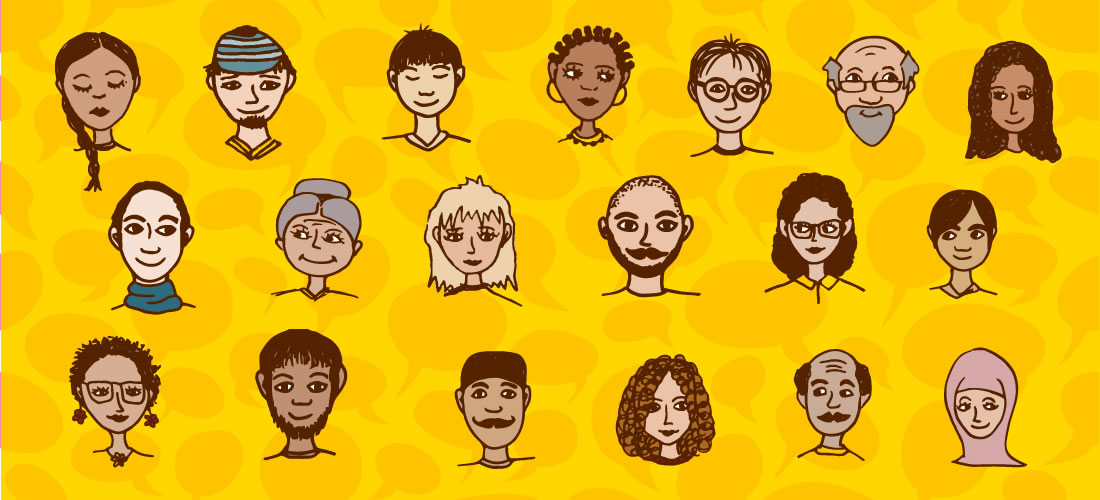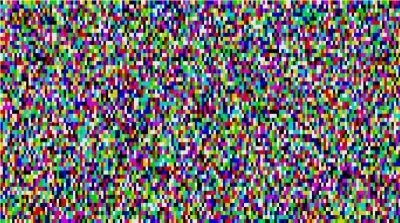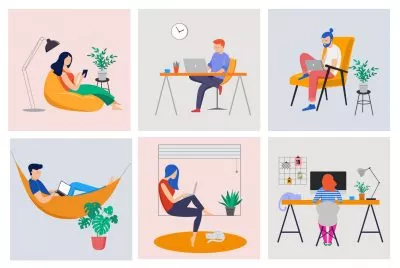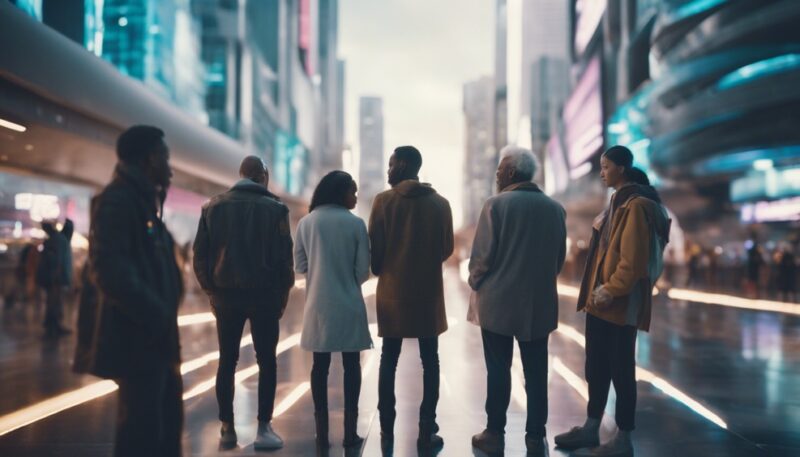Are you unconsciously racist?
Stereotypes as to how we consciously or unconsciously perceive others is the root of prejudice in our society. Often such racism is hidden, even to oneself, primed by our family and community since childhood.
“What people say, what people do, and what they say they do are entirely different things.”
AMERICAN CULTURAL ANTHROPOLOGIST MARGARET MEAD (1901-1978)
Cultural stereotypes allow us to make sense of the world and its people, to create categories and build our understanding. To provide order and meaning to life. Our families, friends and workmates can help develop our stereotypes as can our media – TV, print, social and otherwise. Media creates often inaccurate images of ‘normal.’
How others perceive us and how we see ourselves is central to our self-identity. Most would not view themselves as racist, homophobic or sexist, yet implicit bias remains hidden just under the skin influencing our attitudes and behaviours. Our prejudices are often accompanied by ignorance, fear or hatred, likely not explicit, but implicit prejudices seeded when we were toddlers, primed through family and the community without really understanding their significance.
Children acquire a full set of biases that can be observed in verbal slurs, ethnic jokes and acts of discrimination. Implicit stereotypes are also shaped by experiences and based on learned associations between particular qualities and social categories, including race and/or gender. Individuals’ perceptions and behaviours can be influenced by the implicit stereotypes they hold, even if they are unaware.
Implicit bias is an aspect of implicit social cognition. The phenomenon that perceptions, attitudes, and stereotypes operate without conscious intention, explored in research such as the 1995 study by Greenwald and Banaji of Washington and Yale Universities.
“The theorized ordinariness of implicit stereotyping is consistent with recent findings of discrimination by people who explicitly disavow prejudice. The finding that implicit cognitive effects are often reduced by focusing judges’ attention on their judgEment task provides a basis for evaluating applications (such as affirmative action) aimed at reducing such unintended discrimination.”
READ FULL PAPER ‘IMPLICIT SOCIAL COGNITION: ATTITUDES, SELF-ESTEEM, AND STEREOTYPES’
The first step in overcoming one’s hidden bias and implicit racism is acknowledging its existence. Implicit Association Tests have been developed by groups such as psychologists at Harvard, the University of Virginia and the University of Washington via “Project Implicit.”
The project offers links to numerous tests including gender, religion, race and other factors. The Race IAT (Implicit Association Test) notes that “that most Americans have an automatic preference for white over black.” Critical in this is that hidden bias impacts decision making of our leaders, community and ourselves.
White privilege is a term referring to societal privilege that benefits white people over non-white people in some societies. The term ‘whiteness’ has also been used as a proxy for class or other social privilege or as a distraction from deeper underlying inequality.
“We’ve been brainwashed. Everything good is supposed to be WHITE. Tarzan the King of the Jungle in black Africa is white. Angel food cake, is the white cake, but the devil’s food is chocolate.”
MUHAMMED ALI 1968
Concepts such as white privilege are confronting to one’s self identity, and can make people feel bad. Yet, facing the existence of such societal imbalance is likely the first step in taking affirmative action moving forward for our leaders, community and ourselves.
I found the following light-hearted yet confronting ‘skit’ on The Late Show with James Corden last week an interesting and insightful explanation of white privilege, and how accepting its existence is not about feeling bad, but accepting that bias exists.
My role as a researcher over the past decades has involved many studies with people from different cultural backgrounds including culturally and linguistically diverse and Aboriginal and other indigenous populations. There is clear cultural imbalance, and often the inequality is confronting. While some progress is being made, there are still clear examples of prejudice and discrimination based on race.
The first step in overcoming our hidden bias is acknowledging its existence. Accepting the horrific past and the generational impact this can and is having on the lives of many based on their race. Violence and prejudice against people such as George Floyd.
In Australia, accepting a long history of injustice towards Aboriginals, the world’s oldest civilisation. The stollen generation in Australia only ended in the 1970’s. In some regions of Australia one in ten to one in three Indigenous Australian children were taken from their parents 1910-1970. It was only in 1962, the Menzies Government amended the Commonwealth Electoral Act 1918 to enable all Indigenous Australians to enrol to vote in Australian federal elections. In 1965, Queensland became the last state to remove restrictions on Indigenous voting in state elections. Indigenous Australians have a significantly lower life expectancy to non-Indigenous Australians. While representing only 3% of Australian population, Aboriginals are more than 29% of the prison population.
There is imbalance.
Sometimes overt, yet often hidden. Most would confidently say “I am not racist.”
It is confronting to think otherwise.
This is a complex topic, yet Black Lives Matter creates yet another burning deck for change in 2020. The Australian bushfires illustrated the need for change surrounding climate change. COVID-19 has been a devastating pause that will hopefully reset priorities away from an ever hunger towards global and growth, towards local and sustainability of our environment, economies and health systems. Black lives matter is a confronting mirror as to our hidden and overt racism and the need for change.
It is important we do not waste such an opportunity, and create change.
This is about strong leadership and shifting ingrained cultural stereotypes. To acknowledge our individual and community-wide bias, implicit and explicit. To move forward, and set up structures, systems and education to shift bias.
Removing social cues of the acceptability of overt and covert racism from our media, including removal from streaming and other services of TV and film. In recent days removal of comedian Chris Lily’s TV series to movies like Gone with the Wind has created much debate. Is removal of such media a symbol that racism is not acceptable and that times are changing, or as John Cleese on BBC removing a Faulty Towers episode “stupid?”
“The Major was an old fossil left over from decades before. We were not supporting his views, we were making fun of them”
MORE VIA SMH ARTICLE
As status are removed globally of those viewed as infringing humans rights in the past, there is simmering debate as to its appropriateness – overreaction, reinventing history or critical in taking a hard line in correcting the imbalance?


More in Sydney Morning Herald >
Black Lives Matter protests in Australia, the US and worldwide highlight a clear voice that change needs to come. Change from our leaders, but critically our communities and even ourselves. An acceptance that there is a problem. Scenes from the US protests especially have often been confronting, as armed forces are released and looters wreak havoc, yet most protests are peaceful even if blunt in times when social distancing risks remain, with a message of the need for change.
This is about respecting and embracing our cultural diversity, and acknowledging bias.
You may also find these of interest …
https://squareholes.com/2018/08/episode-6-michael-obrien/




